An offshore crane is defined as a pedestal-mounted elevating and rotating lifting device used to transfer materials and personnel to or from marine vessels, barges, and structures, a standard used to design and manufacture offshore cranes.
These offshore applications include bottom-supported, floating platform and ship-hulled vessels used in production and drilling operations, shipboard applications and heavy-lift applications.
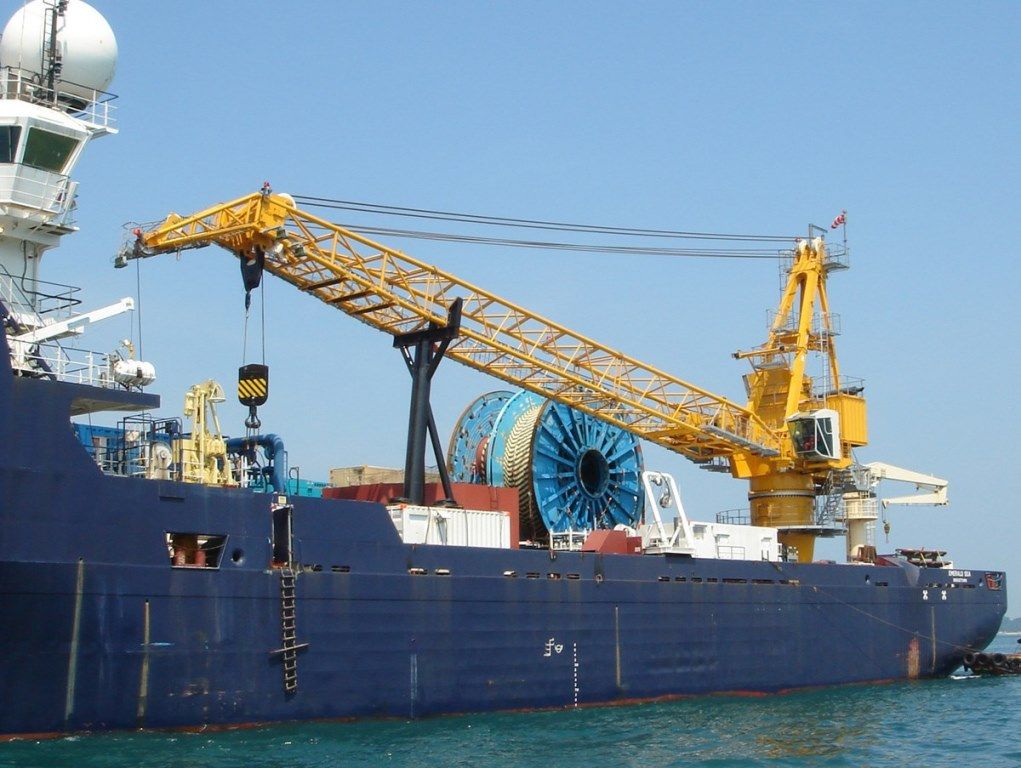
Offshore oil and gas industry
The offshore oil and gas industry was established in 1954 with the first fixed platform installed near Morgan City, Louisiana in the Gulf of Mexico.
The only cranes available for use on these early platforms were existing land-based construction machines with a tonnage naming convention based on maximum structural capacity, i.e. “100-ton crane.
Unlike land-based cranes, offshore cranes are fixed structures incapable of moving with their loads. However, customers often make inquiries along the lines of, “We need a 100-ton crane”. The next question becomes, “What is the definition of a 100-ton offshore crane?”
Because the offshore crane is a fixed structure, the distance from the crane at which the load is lifted is just as important as the magnitude of the load.
In addition, lifting a load off a supply boat pitching in waves has the potential to subject the offshore crane to impact loads that would not be present when lifting off of the deck of the crane’s host facility.
Consequently, the load capacity for supply boat lifts (offboard) is generally lower than those associated with lifting off the deck of the facility (onboard).
An offshore crane’s capacity also depends on factors the purchaser must supply to the crane manufacturer. These include the type of structure upon which the crane is mounted (i.e. bottom-supported, semi-submersible, ship-hulled, etc.), the environmental conditions in the platform’s location, and the load’s location in relation to the crane.
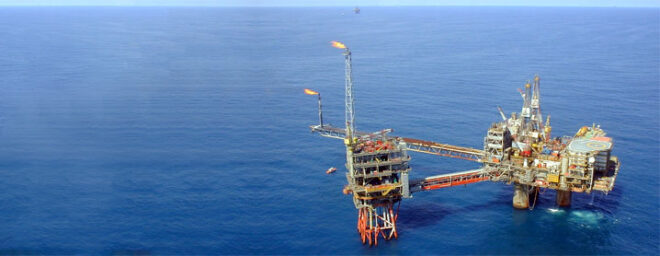
Offshore crane types
Offshore cranes can also be classified by the duty cycle or the frequency of their use. The duty cycles include:
- Production Duty: annual operating time of 200 hours, typically on bottom-supported production platforms
- Intermediate Duty: annual operating time of 2,000 hours, typically on bottom-supported or floating platforms with temporary rigs
- Drilling Duty: annual operating time of 5,000 hours, typically on MODUs or floating structures that operate full time
Board offshore cranes
The Board offshore crane is a conventional slew bearing crane with a cable luffing mechanism and can be powered electro-hydraulically or diesel-hydraulically.
Compact Board Offshore Crane
It is an ideal solution for maintenance and supply work wherever the operating radius and space on deck is restricted. In general, the crane can be used for multipurpose applications on platforms such as fixed platforms, jack-ups, and tension leg installations. Crane replacement supplements this scope. The series includes up to three system sizes.
Offshore heavy lift crane
The heavy-lift crane is designed especially for the installation of wind farms and for the oil and gas as well as the decommissioning sector. The main characteristic of the HLC is its compact design. The HLC 295000 has a pedestal diameter of only 17 meters, and so does not require much space on deck. Despite this small footprint, it packs a punch and can lift up to 5,000 tonnes at more than 30 meters of outreach. This combination of compact design, high power, and very low weight.
Crane around the leg
Specially designed as a crane around the leg, it facilitates space-saving positioning on the ship despite the size of the crane. The parallel jib makes it possible to park the jib over one of the ship’s front legs. Positioning the crane in this way prevents blocking of the free area on deck, which can be used to load the ship.
Mast type crane
The classic principle of the slewing bearing, otherwise known as the king post, is suitable primarily for customers who prefer solutions for non-metallic slewing bearings. The possibility of providing different sized versions and certification for explosive areas enhances the deployment spectrum of the mast-type crane (MTC). The crane can be driven electro-hydraulically or diesel-hydraulically and is used chiefly in the area of oil and gas extraction.

Luffing crane
A weight-optimized and compact design with a load-bearing capacity of up to 100 tonnes makes the ram luffing crane an ideal piece of equipment for small and unmanned platforms or floating storage vessels. The ram luffing crane RL can be powered electro-hydraulically or diesel-hydraulically and is available for explosive areas in accordance with the requisite classification.
knuckle boom crane offshore
The luffing knuckle boom crane was developed especially for the oil and gas industry. Applications include supply and maintenance work as well as pipe handling. The unique design of the knuckle boom optimizes the working radius and increases the flexibility of the crane.
Offshore pedestal cranes
Pedestal Mounted Cranes can be used for various tasks including unloading of supply vessels, offshore installation work, pipe transfer, deck handling, and subsea installation. Pedestal Mounted Cranes are characterized by their small tail swing (optimizing free deck space), and the fact that all drivers are installed inside the enclosed crane house.
The pedestal Mounted Crane comprises a steel crane house, bolted to the pedestal via the slew bearing, a lattice or box girder type boom, and various hoist tackles to control the boom and the lower blocks.
All main equipment – winches, electrical cabinets, and/or hydraulic power units – is located inside the crane house to protect it from the harsh marine environment, increase reliability, and reduce required maintenance. The boom hoist runs from the top of the crane house to the boom tip and controls the radius of the lower blocks.
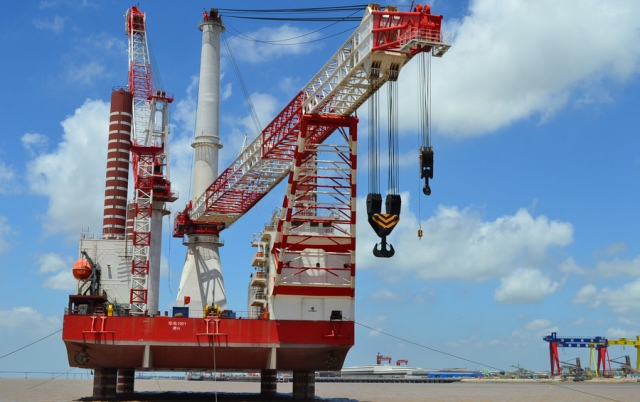
Offshore crane manufacturers
Kenz Figee
With over 300 offshore cranes and hoisting systems installed on various types of offshore installations, Kenz Cranes can be considered one of the leading suppliers in the industry. From the Gulf of Mexico to the Asia Pacific region, our ram luffing, lattice boom, and knuckle boom cranes operate in some of the harshest environments.
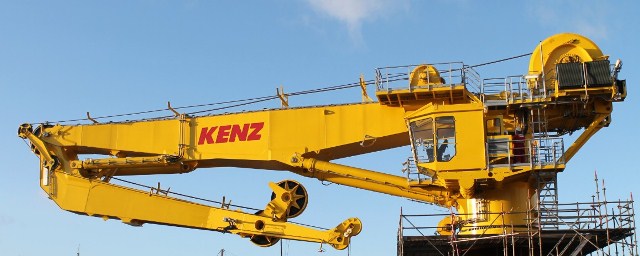
Liebherr offshore cranes
Liebherr Maritime Cranes is a division of the Liebherr Group which specializes in cargo handling solutions for ports as well as for the shipping and offshore industry. Products include ship-to-shore cranes, mobile harbor cranes, offshore cranes, ship cranes, rubber tire and rail-mounted gantry cranes, reach stackers and straddle carriers.
Liebherr offshore cranes are modern, sophisticated machines that benefit from the experience gained during many years of design development and operation in the most severe environmental conditions. They offer a wide variety of applications including heavy load lifting and cargo handling.
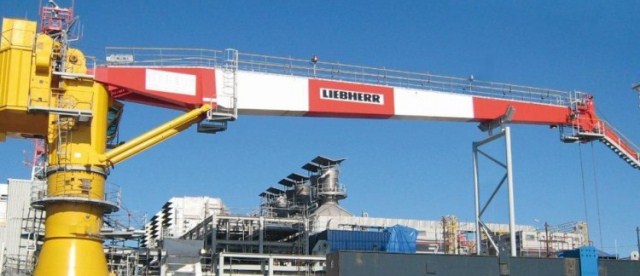
Palfinger offshore cranes
As a global partner for innovative and reliable deck equipment and lifesaving appliances, PALFINGER MARINE supplies high-quality products to fulfill standardized and customized demands.
Supported worldwide by a network of experienced and skilled specialists, we provide flexible and efficient service solutions. Our portfolio gives a competitive edge to customers in the maritime and offshore industry.
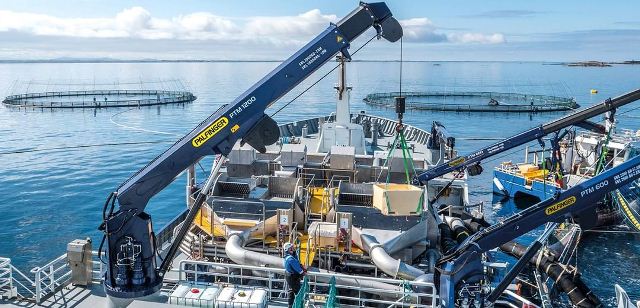
Offshore crane specifications
Areas of application of offshore cranes
Deep-sea oil & gas company
Setting-up oil and gas extraction systems underwater require the use of specially equipped cranes. For this area, the luffing knuckle boom crane with deep-sea equipment.
- Precision through active heave compensation: During deep-sea deployment, the movements of the ship during the positioning of the loads by the crane must be compensated for.
- Use in explosive areas: All relevant components of the crane can be reached by means of a catwalk which, aside from safety, assures the highest level of maintenance-friendliness.
Offshore oil and gas production
Offshore cranes are deployed for the assembly, repair, and supply of oil and gas extraction systems. The performance capacity, size, and also the way the cranes are constructed vary according to the respective requirements profile.
Use in explosive areas: For use in explosive areas, the relevant customer requirements for various design solutions are available not just for the boom area but also for the whole crane.
All relevant components of the crane can be reached by means of a catwalk which ensures the highest level of safety during the maintenance of the crane.
In accordance with the requisite construction regulations, opportunities exist to install emergency assemblies as well as software-related equipment for the crane with safety-supporting systems.
Wind turbine park
Heavy-duty offshore deployment: Heavy-duty deployments, such as operations involving the erection of wind parks or the assembly of oil rigs, require the highest level of precision and safety.
These ships can drive to their deployment site with their own propulsion system and rest there on the seabed with the help of four collapsible struts.

Crane support
Methods Of Crane Support
For many years, cranes were supported on their foundations by roller bearings at their bases and are still commonly used on production duty applications.
However, the kingpost design is the modern method for supporting high-use cranes and/or those on floating installations and is the preferred arrangement for drilling duty and floating applications.
Roller Bearing Type Cranes
- The revolving superstructure bolts on top of the roller bearing
- Roller bearing subject to full overturning moment from the weight of the load, the crane itself, and boom
- Failure of bolts or the slew roller bearing can and has led to the loss of operator, crane from its mount
- In floating applications, the bearing is subjected to load cycles from the crane’s self-weight and installation motions even when the crane isn’t in use
- Replacement is costly and difficult to accomplish offshore
Kingpost-Type Cranes
- Revolving superstructure fits over and revolves around the kingpost
- Crane cannot separate from mount because of slew bearing failure
- No bolts = no bolt failure
- Bearings are easily replaced in the field using simple hand tools
Offshore oil and gas
In the mid-1940s, important changes in the oil industry were made as the United States was making its transition from wartime to a peacetime economy. Government controls on crude oil prices finished and began disputes over offshore water bottom proprietorship.
The increasing demand for gas and oil encouraged offshore activities, which encountered many difficult and challenging problems, such as tidal, current, and weather prediction, underwater exploration, drilling location, and offshore communications
By 1.949, there were 11 oil fields in the Gulf of Mexico and another 44 exploratory wells in process. Since then, around 16.000 wells have been drilled in the continental shelf in deeper and deeper waters very far from the coast. Offshore rigs have drilled in waters over 2.200 meters deep and as far as 200 miles from shore.
What is the offshore crane?
An offshore crane is defined as a pedestal-mounted elevating and rotating lifting device used to transfer materials and personnel to or from marine vessels, barges, and structures, a standard used to design and manufacture offshore cranes.
Half of all crane operators reported annual salaries ranging from $37,410 to $63,260. However, offshore oil rig crane operators tend to make a bit more. According to statistics released by the salary website Indeed, the national average salary for an offshore crane operator was $65,000 per year as of May 2014.
In oil and gas extraction, “offshore” refers to the development of oil fields and natural gas deposits under the ocean. In the wind energy sector, “offshore wind farms” generate energy with windmills installed in coastal waters.
Depending on the rig type, offshore rigs are rated to drill in water depths as shallow as 80 feet to as great as 12,000 feet. The greatest water depth a jackup can drill in is 550 feet, and many newer units have a rated drilling depth of 35,000 feet.
The most read
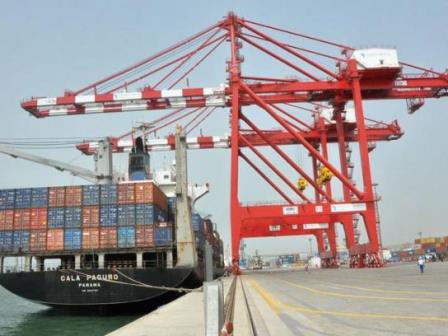
Ship to Shore Crane
How do ship-to-shore cranes work? How much does a shipping crane cost? What is a ship-to-shore crane?

RTG Crane
Rubber Tyred Gantry Crane, Container Terminal, what is an RTG crane? RTG crane parts name, RTG crane manufacturers, specification.
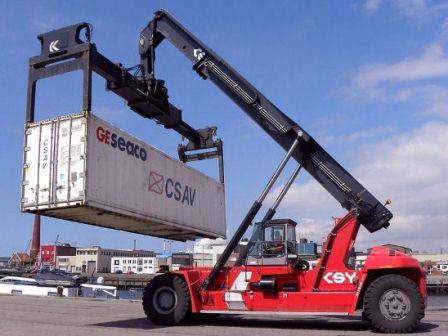
Reach Stacker Crane
How much can a reach stacker lift? What does a reach stacker do? What is a reach stacker?
